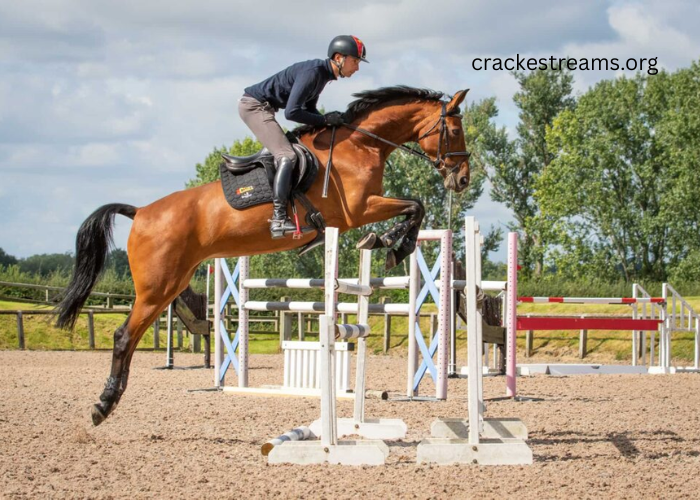Hockey, a beloved sport played worldwide, is known for its fast-paced action and intense competition. Unlike some other sports, hockey is divided into periods rather than quarters. This distinction is crucial to understanding the flow and structure of the game.
The Basics of Hockey Periods
In hockey, whether it’s ice hockey or field hockey, the game is typically divided into three periods. Each period has its own duration, and these periods are not further subdivided into quarters as seen in sports like basketball or American football.
- Ice Hockey Periods:
- In ice hockey, each period typically lasts for 20 minutes of playing time.
- After each period, there is a 15-minute intermission where teams rest, strategize, and make necessary adjustments.
- Field Hockey Periods:
- In field hockey, the duration of each period can vary depending on the level of play and the specific rules of the league or competition.
- It is common for field hockey games to consist of two 35-minute halves, rather than periods.
Why Not Quarters
The decision to use periods rather than quarters in hockey is rooted in the sport’s tradition and gameplay dynamics:
- Continuous Play: Hockey is designed to have continuous play within each period, with minimal interruptions. The flow of the game is crucial to its excitement and intensity.
- Strategic Breaks: Intermissions between periods provide ample time for players to rest, receive coaching instructions, and analyze their performance. These breaks are strategically placed to maintain the game’s competitive edge.
- Historical Precedent: The structure of hockey periods has evolved over time based on historical practices and international standards. This format has proven effective in maintaining the sport’s pace and energy.
Key Moments in Hockey Periods
During each period of a hockey game, several key moments can determine the outcome:
- Face-offs: These occur at the beginning of each period and after goals are scored. They are critical for possession of the puck or ball.
- Power Plays: When a team has a player advantage due to penalties, power plays can dramatically shift the game’s momentum.
- Late-Game Strategies: Towards the end of periods, teams often adjust their strategies to either protect a lead or aggressively pursue goals.
Conclusion
In conclusion, while hockey does not have quarters like some other sports, its use of periods serves to enhance the sport’s flow, strategy, and excitement. Understanding the structure of periods in hockey is fundamental for both players and fans alike, as it provides insight into how the game unfolds and evolves over time. Whether you’re watching an intense ice hockey match or a thrilling field hockey game, knowing the basics of periods helps you appreciate the skill, strategy, and passion that define this exhilarating sport. Find out the exact number of quarters in hockey and delve into the sport’s intricacies on our informative website. Uncover the mystery of “How Many Quarters in Hockey” with our comprehensive guide. Get insights into the game’s format and regulations.




